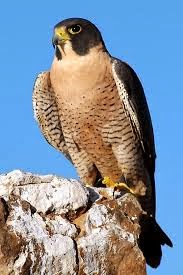Hello! In my
article I will explain the steps of the production of the quintessential drink of Scotland:
Whisky!
Ingredients: Barley (the quality
of the barley has a great influence on the quality of the end product), water
and yeast.
Malting
The barley is made wet and spread on the malting floor
to allow the germination process to start.
According to the season, malting takes between 8 and 21 days.
Barley has to be turned over regularly to ensure a constant moisture and
temperature and to control the germination of the barley grains. The end of the
germination is triggered by drying the germinating barley over a fire.
Grinding:
When the malt is dry, it is grinded to make a kind of coarse flour which
will be used in the next operations.
Brewing:
The grist will be mixed with hot water in the mash tun. Generally one
volume of grist is mixed up with 4 volumes of water. In this operation, 3
successive waters are used, at a temperature between 63 and 95%.
Fermentation:
In order to start the fermentation, yeast is
added.
The action of the yeast on the sugar of the plant will produce alcohol
and carbon dioxide.
Distillation:
The distillation is the process used to
separate alcohol from water and other substances contained in the wash.
Aging.
As whiskies don’t
mature in the bottle, contrary to wine for example, but only in the barrel or
cask, the age of whiskies is the time between distillation and bottling.
So, the cask can
interacted with the whisky and change its taste. A whisky that has been bottled
for many years is not older or better than a whisky which has matured in a
barrel for a similar time.
Bottling:
During this step the alcohol percentage is reduced. The minimum
percentage of alcohol for whisky is 40%.
Various Scotch whiskies:
Whisky Galore Single Malt
Mortlach Single Malt
Glen Moray Single Malt
Laphroaig Single Malt
Talisker Single Malt
Glenfiddich Single Malt
Chivas Regal Blend
J&B
Blend
 |
| Laphroaig Single Malt |
 |
| Glen Moray Single Malt |
 |
| Chivas Regal Blend |
Eloïse Monel







